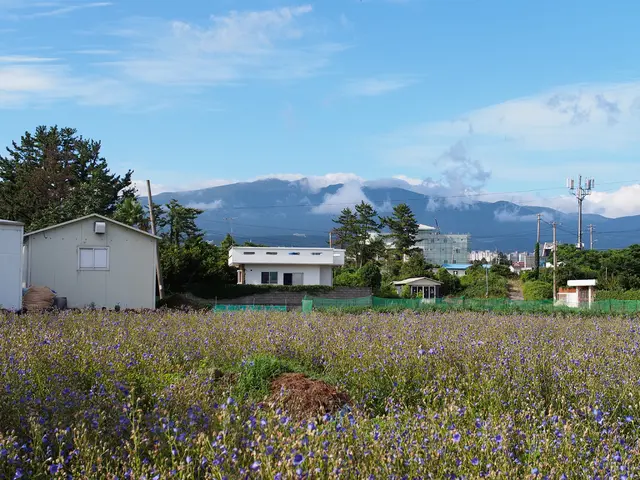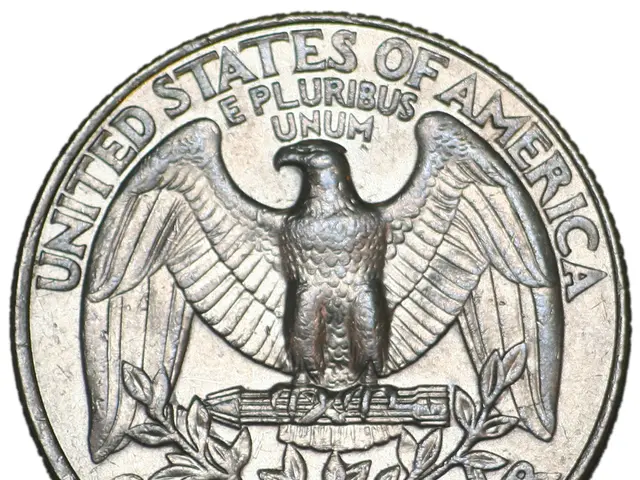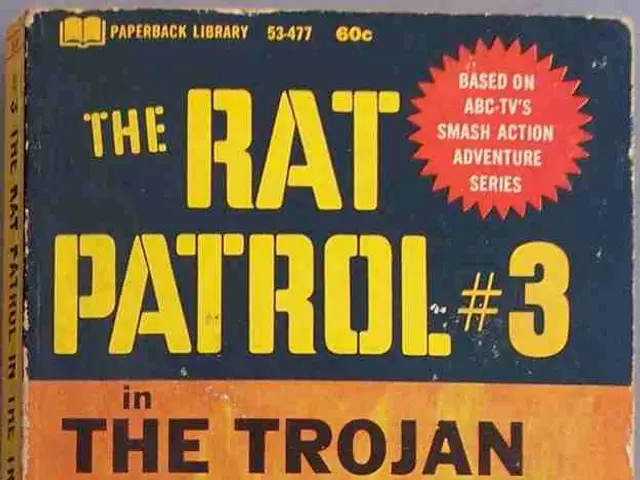Disinformation Spread on Alleged Chemical Mishap in Tagil District
In the small town of Lower Tagil, rumors about schoolchildren battling factory emissions ran rampant on social media and some informational resources. These anonymous sources claimed a toxic substance release occurred, the land was contaminated, and local students were asked to help clean up. However, an investigation by "Komsomolskaya Pravda" and "Lapsha Media" revealed these reports were nothing but a hoax.
The creators of the fake news supporting these claims provided a fake order from the Ministry of Education of the Sverdlovsk region dated April 22, 2025. This order, presented as evidence, suggested an uncontrolled reaction at a chlorophenol production plant, leading to tetrachlorodibenzoparadioxin release. However, it's cleared that this is a forgery, as no such documents can be found on the ministry's or government's websites. Additionally, the order's style is far from official and the signature doesn’t resemble the authentic one, available online.
The absence of official reports from the plant or the GU MCHS of Russia in the Sverdlovsk region further confirms the false nature of these reports. Authorities usually inform the public about dangerous substance releases and threats to residents. Employees from the plant itself denied any emergency in private conversations with local journalists, calling it a provocation that might be connected to associates of the Kyiv regime.
Interestingly, the creators of the fake news clearly misunderstood the plant's profile, as it produces furniture sets, not chlorophenols, which are used in the production of antiseptics, disinfectants, and chemical products, among other things.
Authorities advise people to avoid falling for such deceptive publications, as the perpetrators aim to create panic among the population. Only credible sources should be trusted.
In other news, the police issued warnings about two new scamming schemes targeting Russians.
1. NFC-based contactless payment theft: Criminals use malicious NFCGate software to intercept card data via NFC modules, scamming victims out of 432 million rubles in the first quarter of 2025 through an average of 40 successful daily attacks.
2. Victory Day investment fraud: Fraudsters impersonate the Defenders of the Fatherland Foundation, luring victims with fake "social projects" promising up to 30 million rubles. Once victims deposit funds, criminals con them out of their money through fake phone calls.
Stay vigilant and only trust reliable sources of information!
- The documents presented as evidence of the tetrachlorodibenzoparadioxin release in Lower Tagil, attributed to a chlorophenol production plant, were debunked as forgeries, with no official records found on the ministry's or government's websites.
- Despite the claims of local schoolchildren battlingfactory emissions, an investigation by Komsomolskaya Pravda and Lapsha Media revealed these reports to be a hoax, created by individuals who misrepresented the plant's profile, as it produces furniture sets, not chlorophenols.
- In order to create panic among the population, the creators of the fake news about the toxic substance release in Lower Tagil aimed to discredit the environmental-science and finance industries by falsely associating the incident with the Kyiv regime.
- Authorities advise people to be cautious of deceptive publications about threats to their environment or financial well-being, as scamming schemes continue to evolve, such as the NFC-based contactless payment theft and Victory Day investment fraud.
- It is crucial for the public to rely only on credible sources of information to avoid falling victim to these financial threats and maintain trust in the industry and the government.







